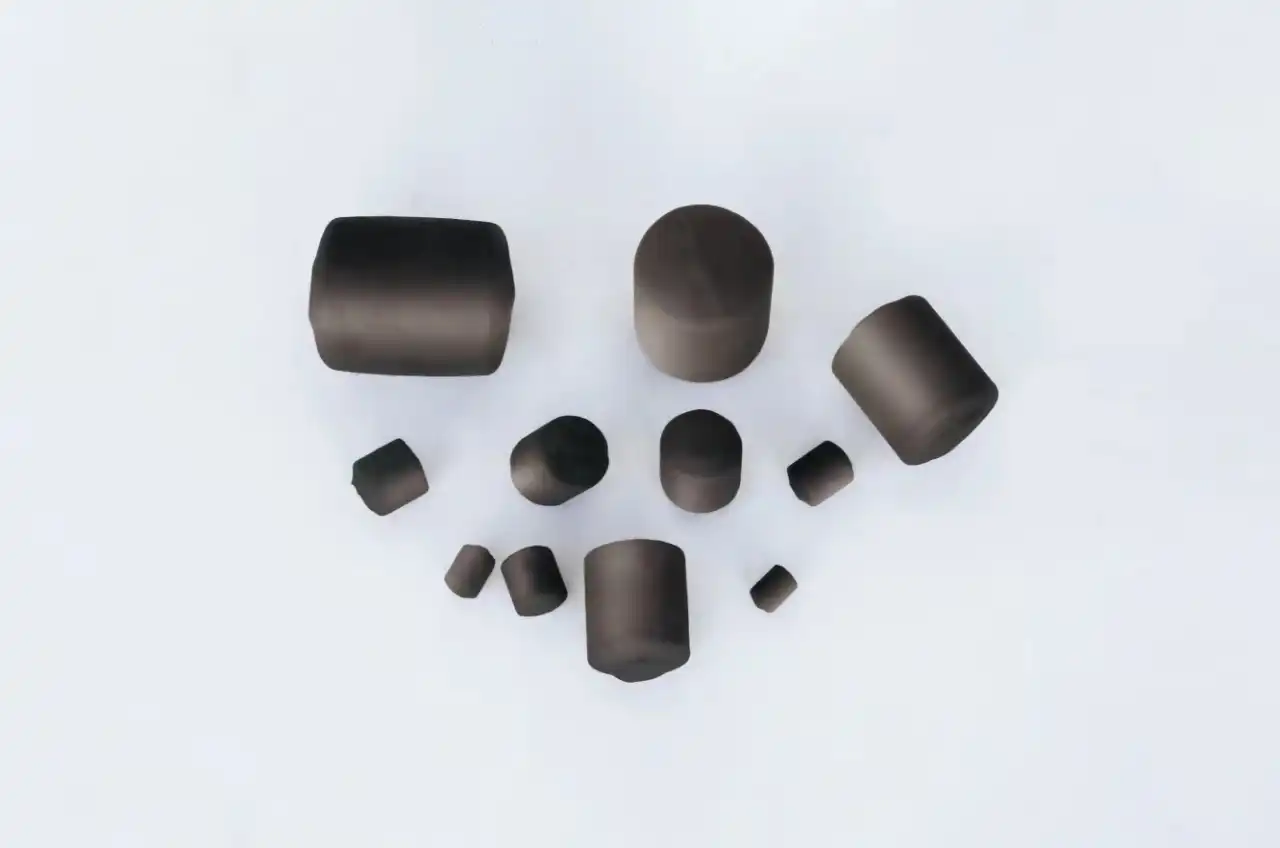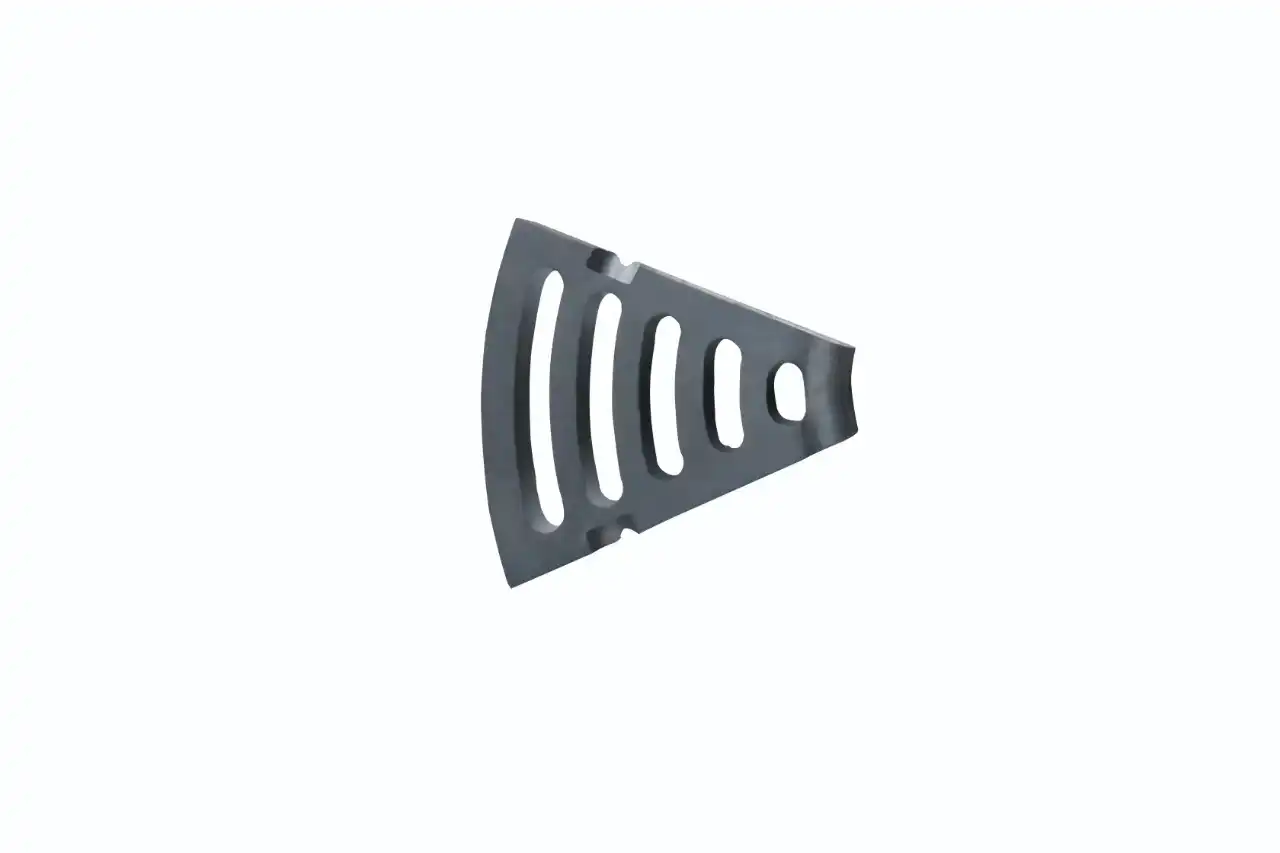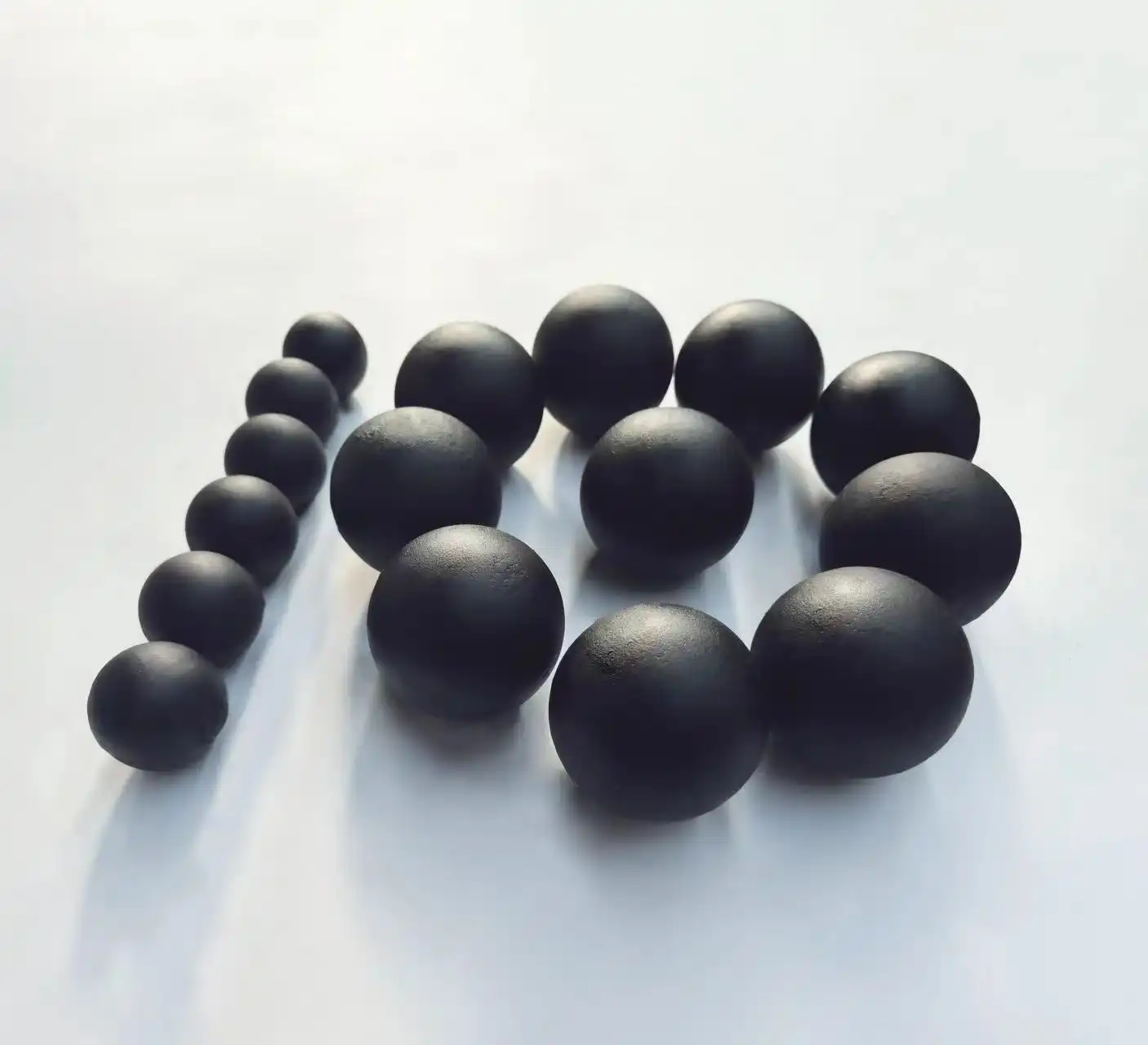Which industries or applications commonly use casting grinding media balls?
What are the advantages of alloy steel casting?
Standards for Grinding Ball Surface Quality
Could Grinding Cylpebs Revolutionize Your Grinding Process?
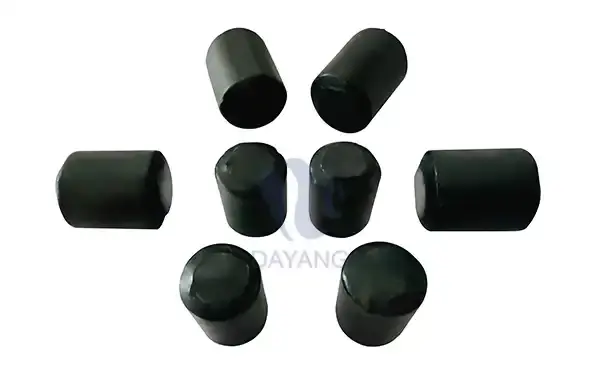
Grinding Cylpebs, a type of grinding media, have gained attention in the mining and cement industries for their potential to improve the efficiency and effectiveness of the grinding process. From reducing energy consumption to improving product quality, these cylpebs offer several advantages. Let's explore how it could revolutionize your grinding process.
Can Grinding Balls with Enhanced Surface Coatings Improve Performance?
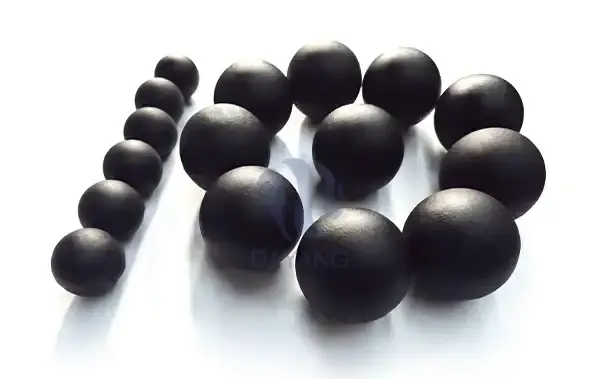
Grinding Balls with upgraded surface coatings definitely stand out in the field of material handling and crushing applications because of their capability to further develop execution and proficiency. These enhanced coatings may provide a number of benefits that may improve grinding results. Performance may be enhanced in the following ways by it with enhanced surface coatings.
what is alloy steel casting?
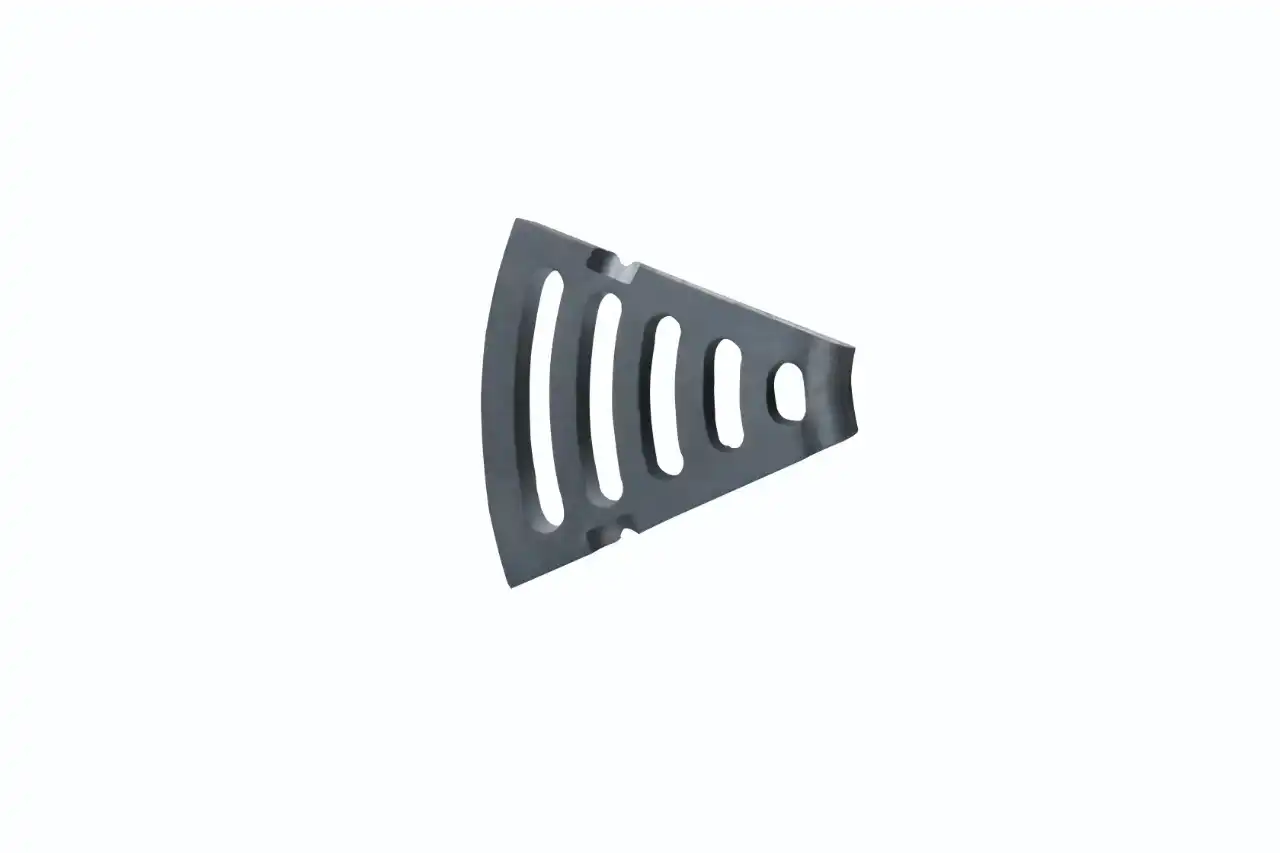
Alloy steel casting is a particular assembling process in which steel, joined with different alloying components, is liquefied and filled molds to make explicit shapes and parts. This interaction upgrades the steel's properties by adding components like chromium, nickel, manganese, and molybdenum, which further develop strength, hardness, sturdiness, and protection from wear and consumption.
How do you choose the right grinding media for your mill?
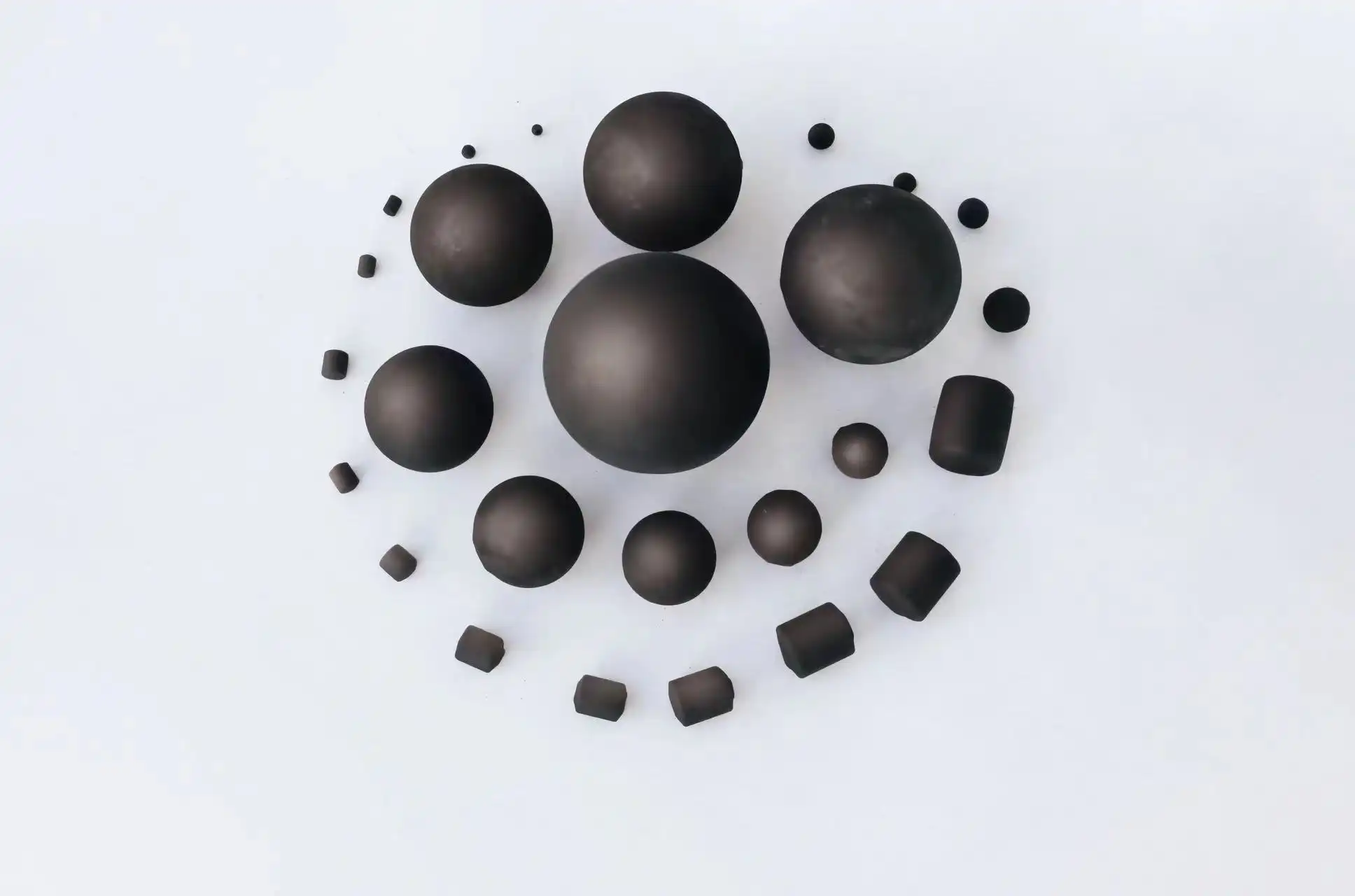
Selecting the right grinding media for your mill is critical to ensure optimal performance, energy efficiency, and cost-effectiveness. The choice of grinding media directly impacts the grinding process, the efficiency of the mill, and the quality of the final product. With numerous options available, it can be overwhelming to determine which type best suits your specific needs. This guide aims to help you make an informed decision by exploring key factors and considerations of grinding balls.
What materials are commonly used for grinding media?
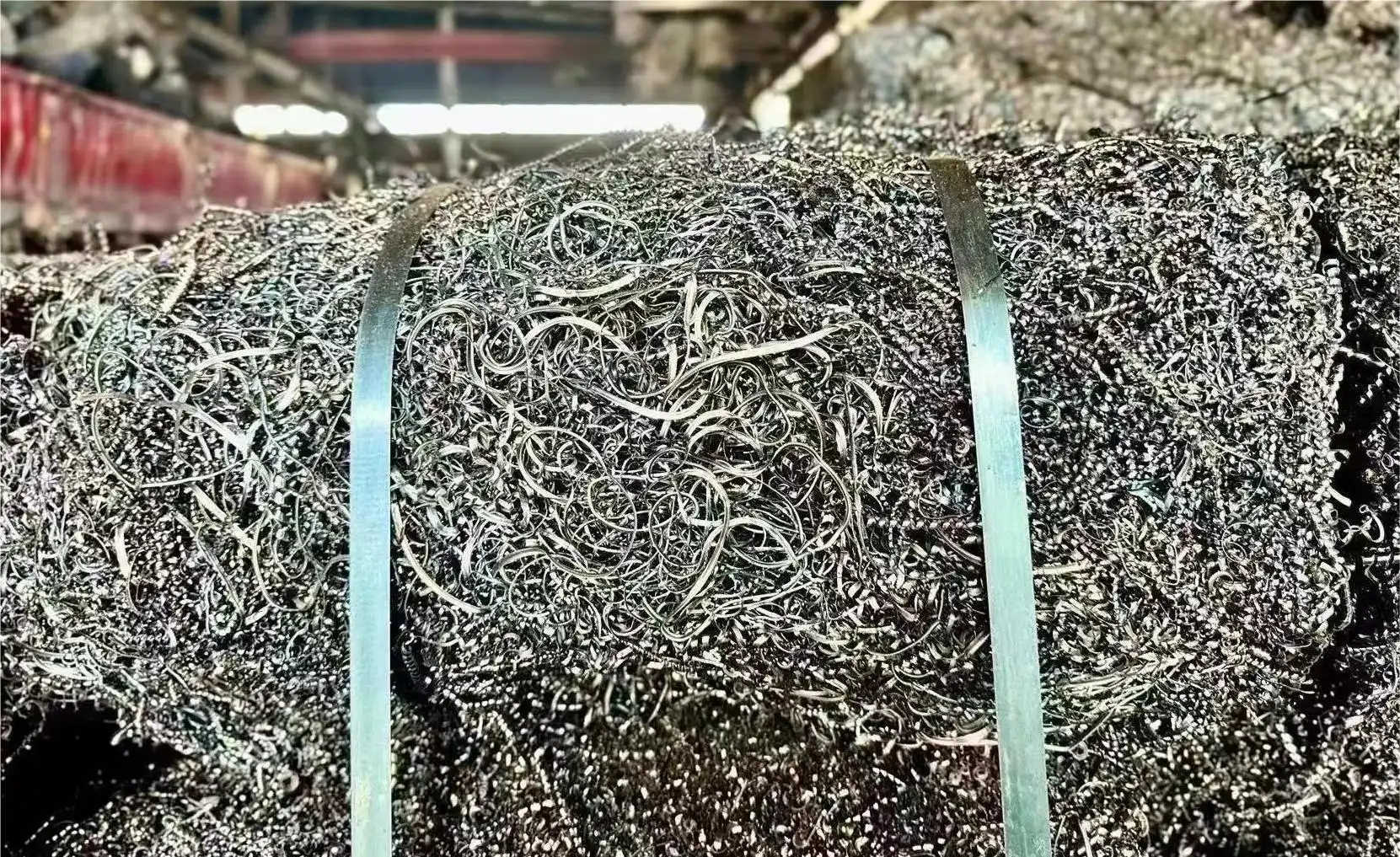
Grinding media play a crucial role in various industries, from cement production to metallurgical mining. These small but mighty components are essential for reducing the size of materials in ball mills and other grinding equipment. In this comprehensive guide, we'll explore the most common materials used for the product, their unique properties, and the industries that rely on them.
What are the benefits of using high chrome grinding media?
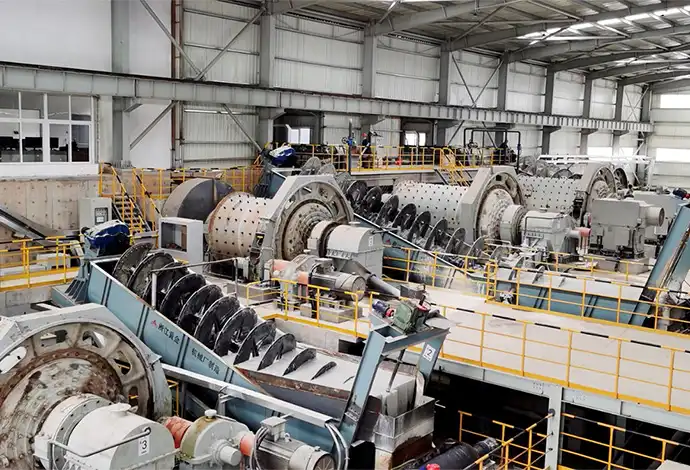
In the world of industrial grinding, the choice of grinding media can significantly impact efficiency, cost-effectiveness, and overall performance. High chrome grinding media has emerged as a popular option across various industries, offering a range of benefits that set it apart from traditional alternatives. This article delves into the advantages of using high chrome grinding media and why it's becoming the go-to choice for many manufacturers and processing plants.
What materials are grinding balls for mining made of?
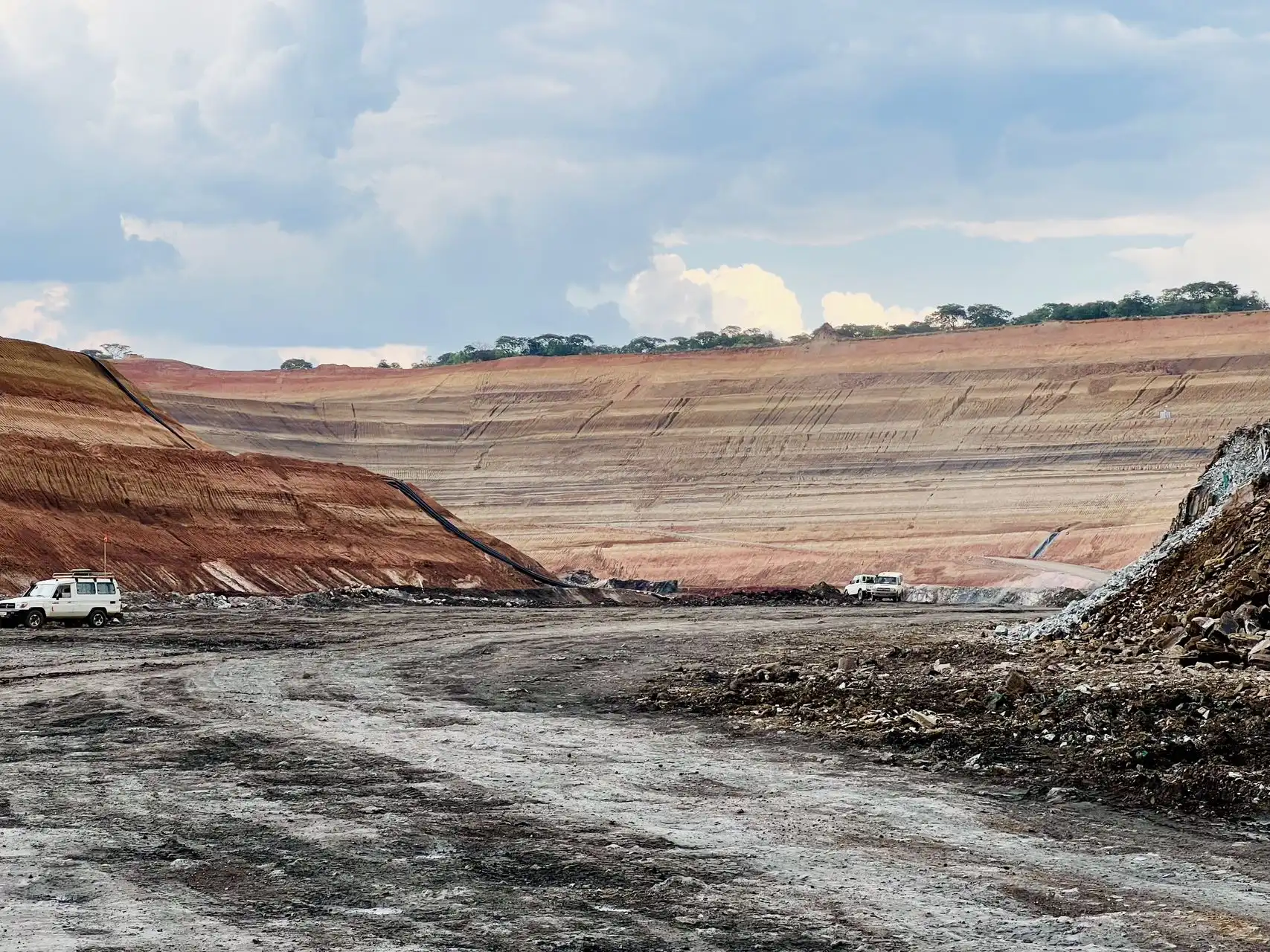
Grinding balls for mining are made from high-quality steel alloys like high carbon steel, low alloy steel, and high chromium steel, chosen for their hardness, wear resistance, and impact strength. These properties are essential for effective grinding in mineral processing. The material composition may vary based on the ore type and desired efficiency. While some manufacturers use cast iron or ceramics for specific applications, steel remains the most common choice due to its superior performance and cost-effectiveness in mining operations.
How do the properties of Grinding Balls for Ball Mill affect the milling process?
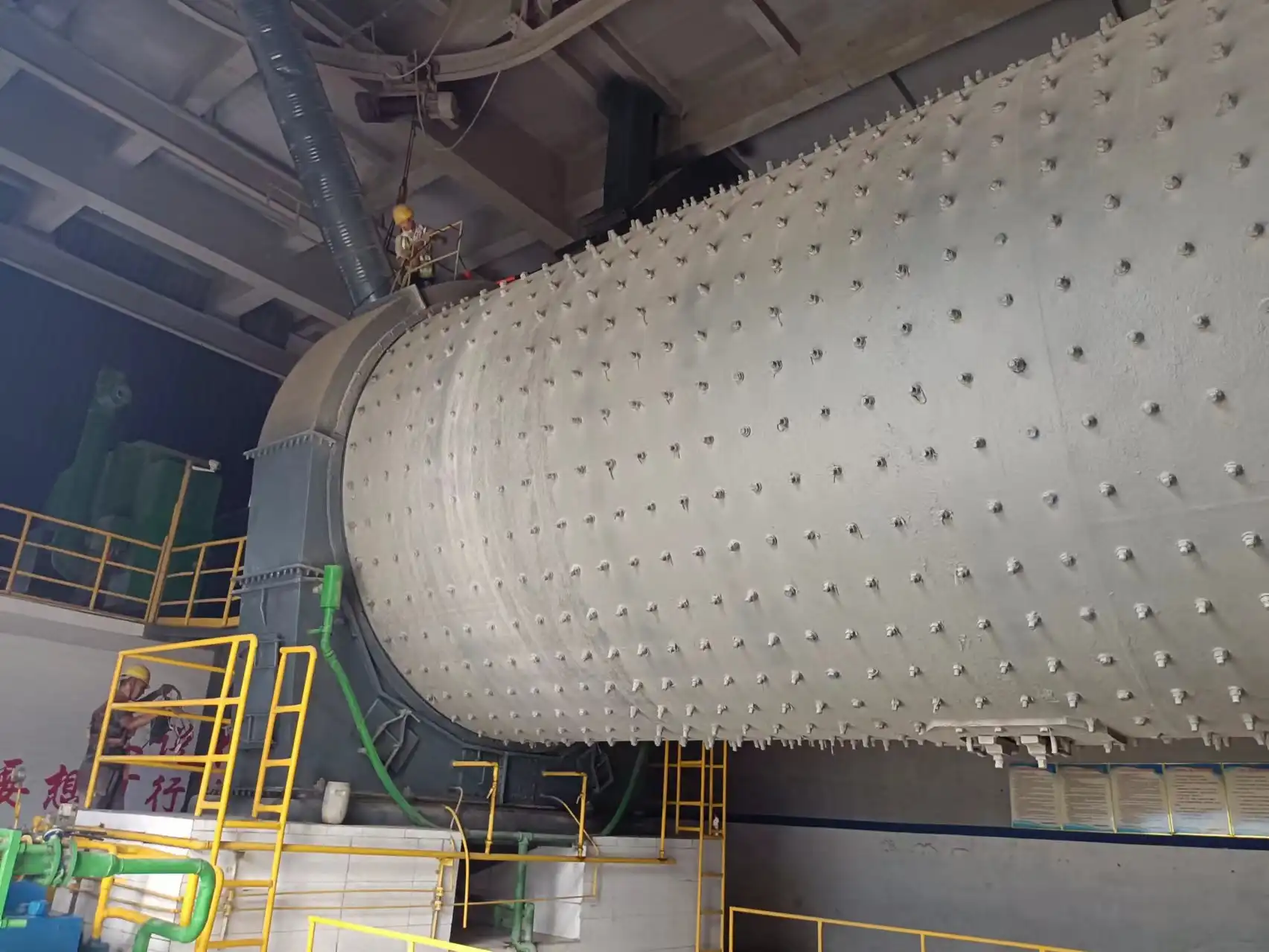
Grinding balls for ball mill are essential for milling efficiency. Made from materials like steel, cast iron, or ceramic, their properties—size, composition, hardness, and density—directly affect grinding performance, energy use, and product quality. High-quality grinding balls ensure effective particle size reduction, uniform product distribution, and longer mill life. By selecting the right grinding balls for specific applications, industries can optimize operations, reduce costs, and improve product quality. This leads to enhanced productivity and better milling outcomes in sectors like mining, cement, power generation, and metallurgy.
What is grinding media in mining?
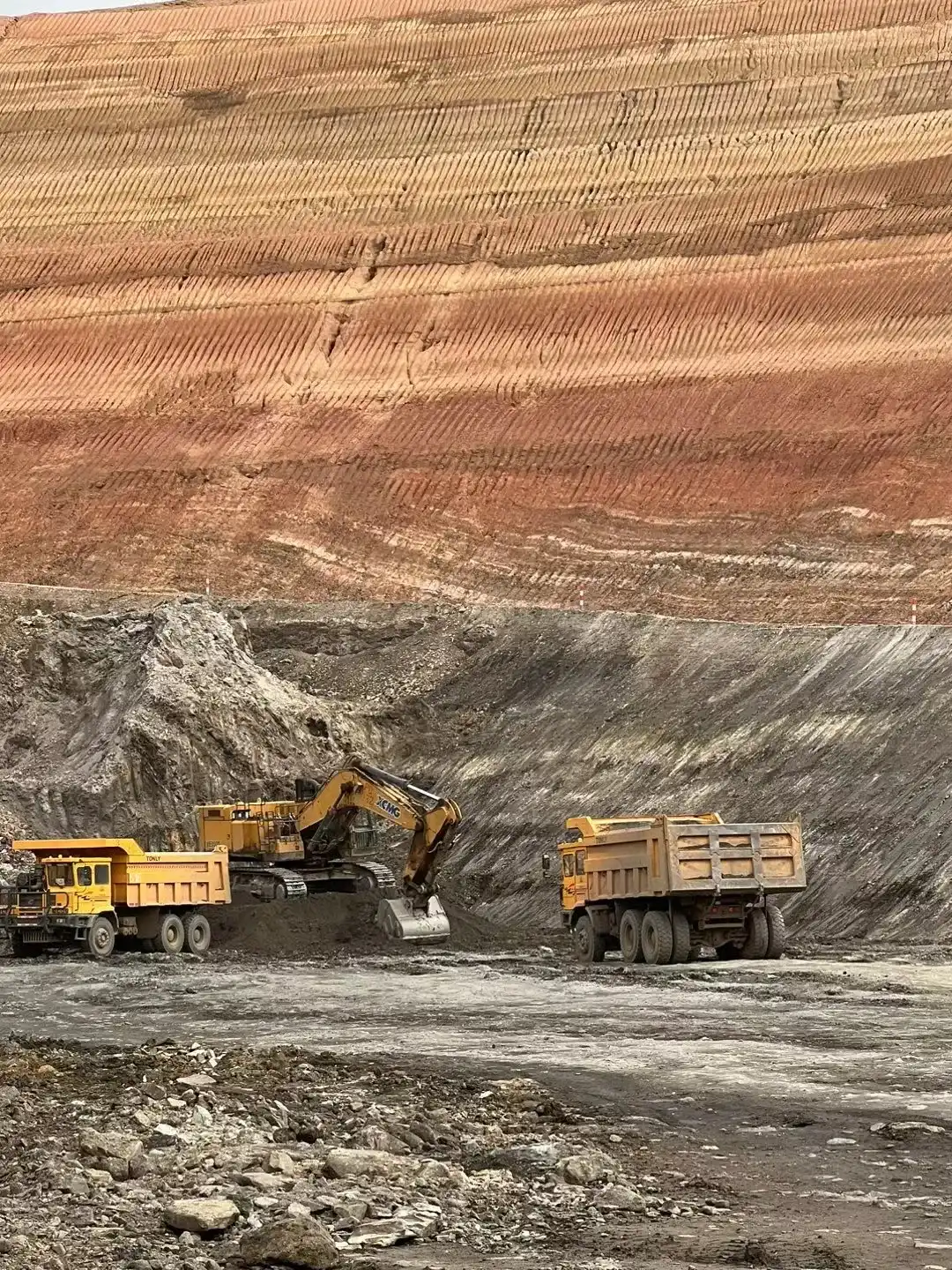
Grinding media in mining refers to materials used in ball mills and other grinding equipment to crush ore into finer particles. Ball mill grinding media, often made of steel or ceramic, are spherical objects that play a vital role in mineral processing. These grinding balls or rods are placed in rotating mills, where they collide with the ore, breaking it down through impact and abrasion. The choice of grinding media affects the efficiency of the process, mineral extraction, energy consumption, and product quality, impacting recovery rates and particle size distribution.

